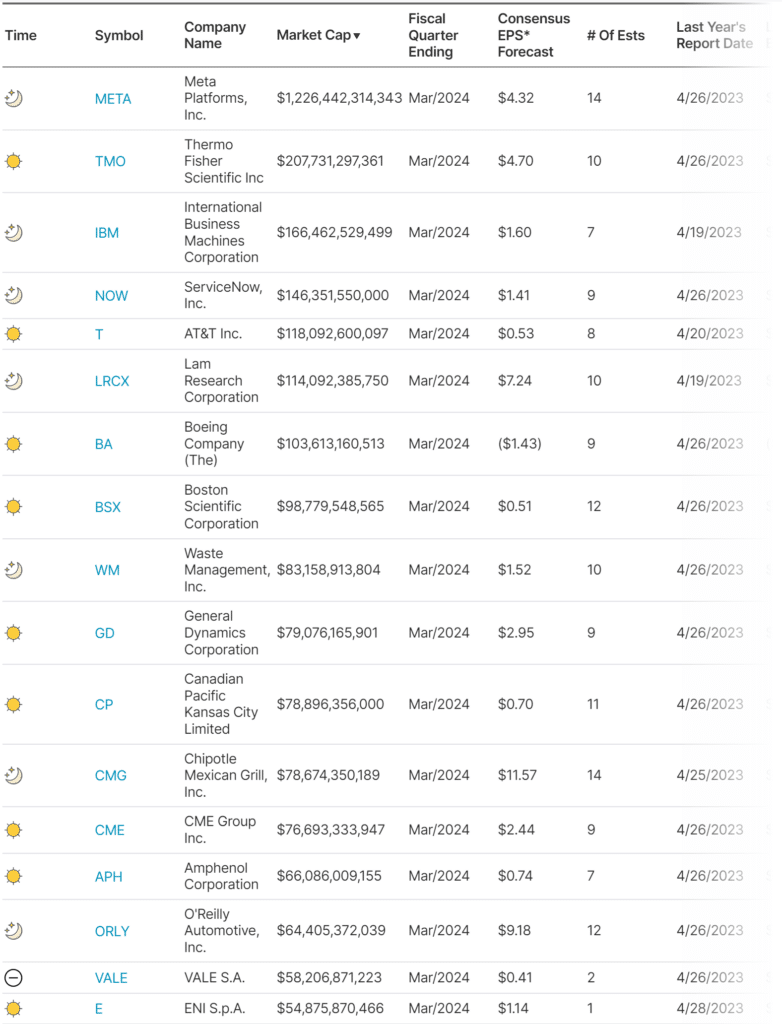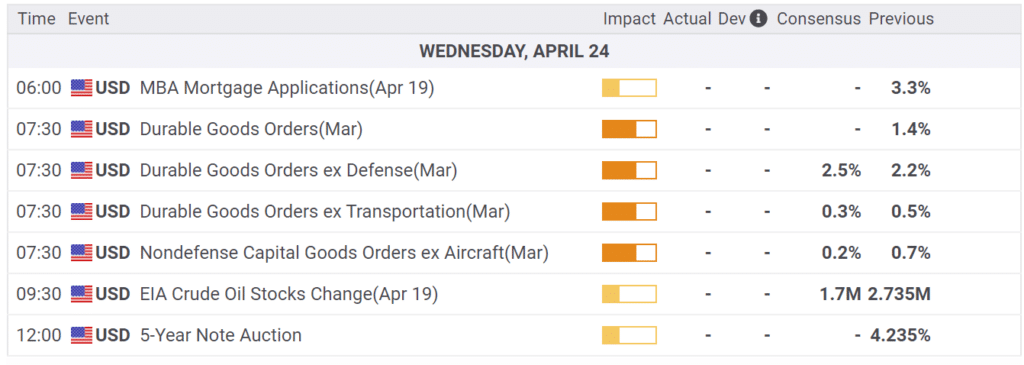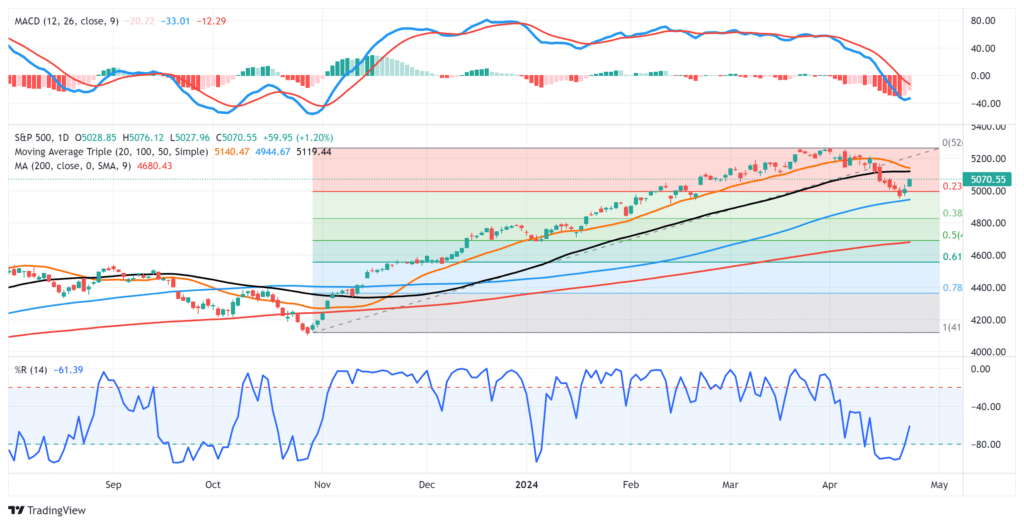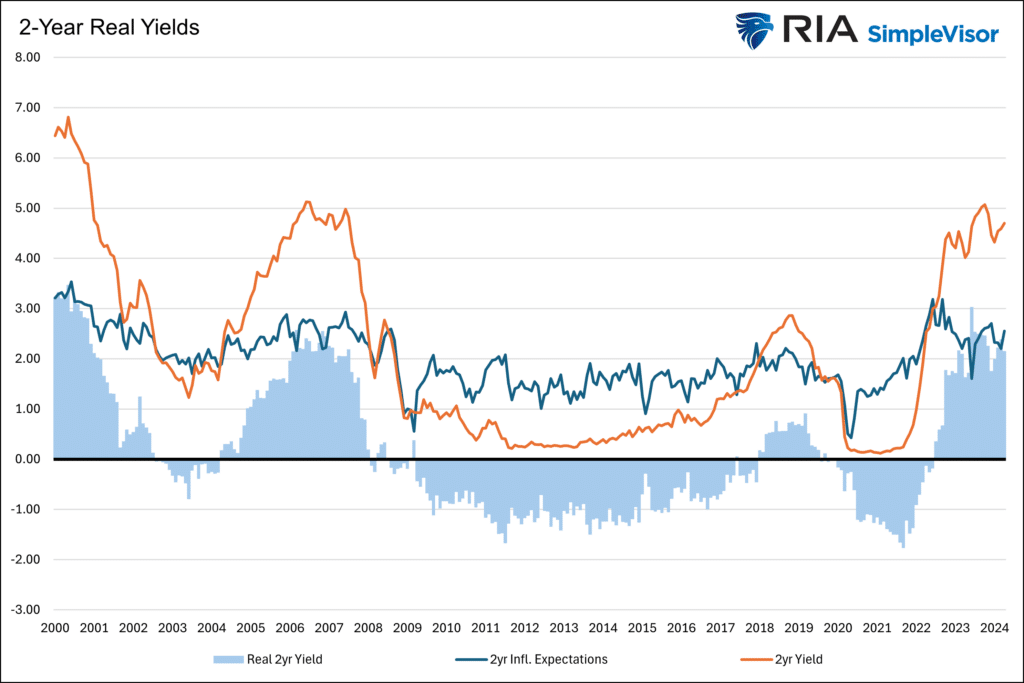The Wall Street Journal posted an article on bank rule changes entitled A Century-Old Lending Lifeline for Troubled Banks Has a Major Flaw. The Fed Wants to Fix It. The article discusses the Fed’s Discount Window and rule changes to bolster banks in times of need. This bank safety will also conveniently help the Treasury fund the deficit. The Fed’s Discount Window is a direct borrowing line for banks experiencing a cash crunch. It is infrequently used because it signals to banks, depositors, and stockholders that the bank is in trouble. The graph below shows the discount window was used extensively during the financial crisis. Besides two other smaller instances, it has barely been used.
If enacted, the new bank rules would force all banks to “preposition billions more in collateral” at the Fed to support future discount window borrowing. The article estimates that the Fed would require collateral matching up to 40% of a bank’s uninsured deposits, accounting for about 45% of the $17.5 trillion commercial bank deposits. Further, the new rules would require the banks to borrow from the window numerous times a year to help remove the program’s stigma.
In addition to bolstering the banking safety net, it would also force banks to hold significant collateral balances at the Fed. Collateral for Fed loans is quite often U.S. Treasury securities. Accordingly, this new bank rule is another way to help the Treasury fund its massive deficits and stock of outstanding debt from years past. This is just one plan for the Fed to help the Treasury fund its growing debts. Our Commentary about QE Light sheds light on a second rumored proposal.
What To Watch
Earnings
Economy
Market Trading Update
As discussed yesterday, the reflexive rally remains intact, bouncing nicely off support at the 100-DMA. The market has not returned to overbought, so a further rally toward the 50- and 20-DMAs remains possible. From a bullish perspective, the 5.5% pullback was needed to “reset” the market following an exhaustive rally from the October lows. An attempt at previous highs is likely if the market can clear resistance. However, I suspect that we will likely see a retest of some support before that final push higher happens. Continue to remain long equities and look for opportunities to add to positions opportunistically. When the MACD issues its next buy signal, it will coincide with an improvement in the overall market and provide a better entry point for investors.
Yields and Inflation Expectations
The Fed pays close attention to inflation expectations and the real yield on Treasury securities. One of their recent concerns is that higher inflation expectations result in consumers and corporations buying today instead of tomorrow because they fear prices will rise. Real yields, or the difference between the current yield and inflation expectations, tell the Fed how restrictive or easy their policy is. The graph combines all of this to help us appreciate the Fed’s mindset.
Inflation expectations have risen from mid-2023 lows and are about half a percent higher than the ten years leading to the pandemic. However, despite expectations only being .50% higher, the two-year yield is about 4% higher than that same ten-year period. As a result, 2-year real yields are over 2% and on par with those in 2007. The graph helps explain why the Fed is ok with cutting rates despite the strong economy and higher inflation. Essentially, with inflation expectations stable, albeit higher than they prefer, real yields are too high. The economic headwind from such a high real yield will be problematic in time. The Fed wants to get in front of that potential problem.
UPS Earnings
FedEx and UPS earnings are always interesting as they provide reliable information about personal and business consumption. UPS posted mixed results yesterday. EPS beat estimates by ten cents but came up a little short on sales ( $21.71 billion versus $21.91 billion). Due to weaker business conditions, UPS fired 12K employees in the quarter. FedEx laid off a similar number of workers in its most recent report.
UPS was up slightly on the news. The graph below shows that FedEx and UPS shares have been flat since 2021. While consumers and corporations continue to ship more, UPS and FedEx are increasingly losing market share to Amazon.
Tweet of the Day
“Want to achieve better long-term success in managing your portfolio? Here are our 15-trading rules for managing market risks.”
Related:









